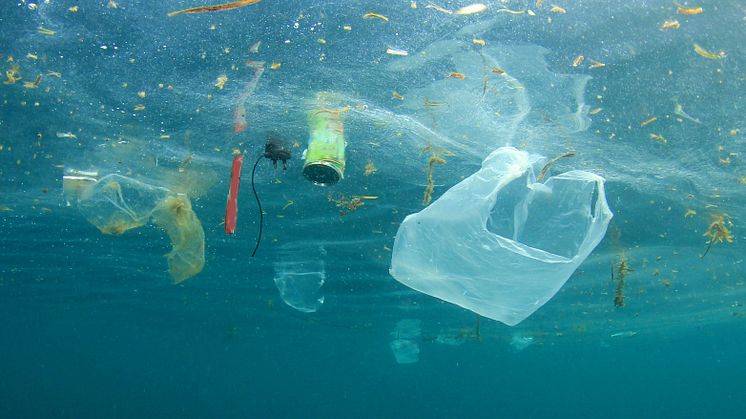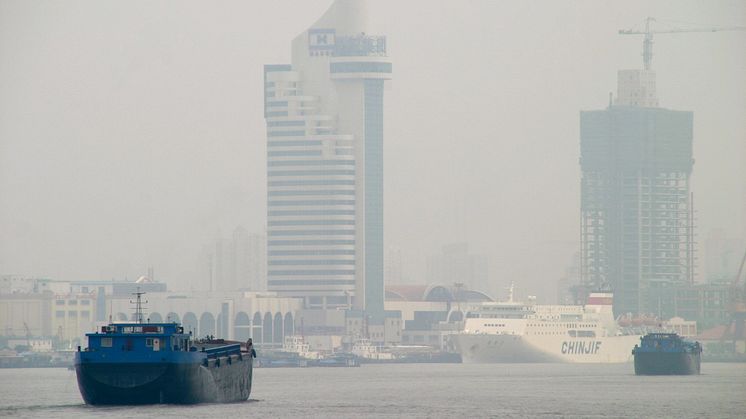
News -
Prehistoric homes would have failed modern air quality tests
Domestic burning of wood and dung fuels in neolithic homes would have exceeded internationally-agreed standards for indoor air quality, exposing inhabitants to unsafe levels of particulates.
Working with environmental engineers, researchers from Northumbria, Newcastle, Durham and Copenhagen universities used modern air quality monitoring methods to assess the impact of domestic fuel burning inside buildings at Çatalhöyük, in Turkey, one of the world’s earliest settlements.
A typical house at Çatalhöyük, a UNESCO World Heritage site, had a domed oven set against the south wall, located beneath an opening in the roof. In the 1990s, a replica of one of these houses was built at Çatalhöyük to show visitors what they may have looked like during the time of occupation.
Although previous studies have shown that burning biofuels has significant negative consequences on health, especially in enclosed spaces with poor ventilation, the relationship between fuel use and health in prehistory has never been explored.
The research team burned different types of fuel in the hearth of the replica house and measured pollution levels to test how living in these buildings may have exposed the inhabitants to fine particulate matter and impacted on their respiratory health.
The research, which was funded by the Wellcome Trust, found that the average levels of fine particulate matter (PM2.5) over a two hour period were extremely high and that concentrations continued to remain high up to 40 minutes after the fires had burnt out afterwards.
The results indicated greater exposure directly in front of the oven although similar levels were also detected to the side of the hearth, suggesting that a person’s position in relation to the fire would have had only a minimal impact on exposure.
Professor Anil Namdeo, Professor of Air Quality Management at Northumbria University, said: “This work has important implications for the current era. Many communities all around the world still use biomass for cooking and heating, and in poorly ventilated houses, resulting in more than four million deaths each year associated with indoor air pollution. Our study highlights this issue and could pave the way for developing mitigation measures to minimise this.”
Dr Lisa-Marie Shillito, Senior Lecturer in Landscape Archaeology at Newcastle University, added: “At Çatalhöyük, the lack of a proper chimney, and the fact that buildings consist of a single, small room that combined living space and the hearth, means that anyone inside the building would have been exposed to unsafe levels of particulates as a result of everyday domestic activities. This would almost certainly have had a negative health impact on these communities, due to a combination of an open fire and lack of ventilation.”
Studying air pollution and respiratory health in the past can be challenging because human remains do not always provide clear signs due to inadequate preservation. Small particles of PM2.5 can travel deep into the lungs where they become embedded in the tissue and can even enter the blood stream, triggering an inflammatory response outside the lungs. The remains of many of the inhabitants of Çatalhöyük show signs of osteoperiostitis, or bone lesions, which can be response to infection, and the research team suggest that this may be explained by the chronic exposure to PM2.5 that this community would have had.
Professor Anil Namdeo is a member of Northumbria University's Department of Geography and Environmental Sciences, within the Faculty of Engineering and Environment.










